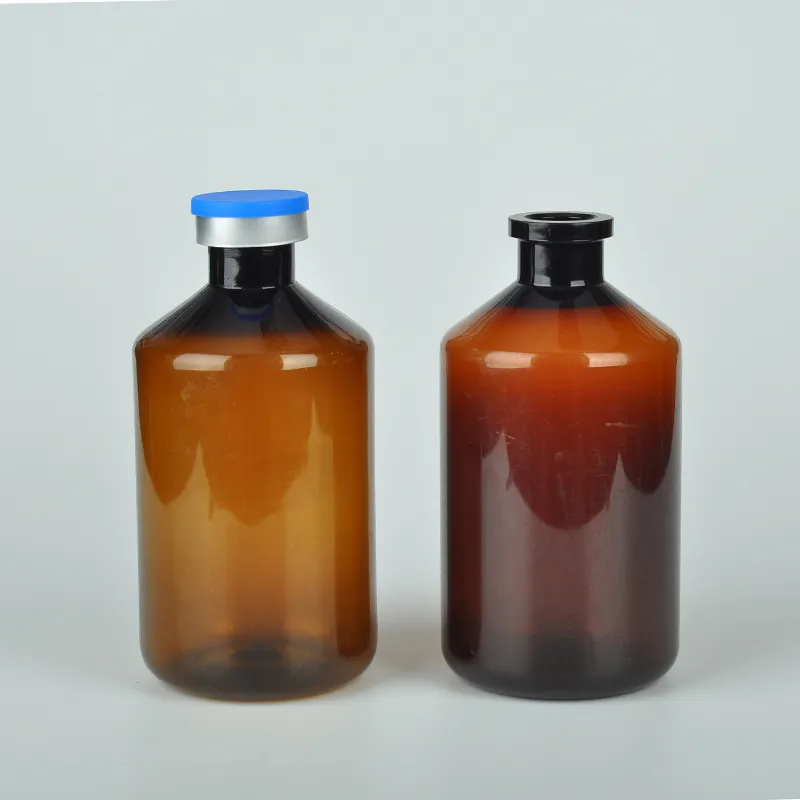Laboratory Dropper Bottles for Precise Liquid Measurement and Dispensing
The Essential Tool Dropper Bottles for Laboratory Use
In the realm of scientific experimentation and laboratory work, precision is paramount. Every drop counts, especially when working with delicate substances in fields such as chemistry, biology, and pharmacology. This is where dropper bottles emerge as a vital tool. Designed for accuracy, ease of use, and reliability, dropper bottles are indispensable for scientists, researchers, and laboratory technicians alike.
Understanding Dropper Bottles
Dropper bottles, often referred to as dropper vials or dropper dispensers, consist of a bottle body fitted with a dropper tip or pipette. This design allows for the controlled dispensing of liquids in small, measured quantities. Typically made from materials such as glass or high-quality plastics, these bottles are available in various sizes to accommodate a range of volumes, from mere milliliters to larger quantities of liquid.
The functional design of dropper bottles allows users to extract specific amounts of liquid with pinpoint accuracy. This feature is particularly beneficial when handling reactive chemicals, precise reagents, or critical biological samples where even slight variations can yield significant differences in results.
Applications in the Laboratory
Dropper bottles are widely utilized across diverse scientific fields. In chemistry laboratories, for instance, researchers often need to mix solutions accurately during experiments. By using a dropper bottle, they can easily add acidic or basic solutions drop by drop, achieving the precise pH balance required for the experiment.
In biological research, dropper bottles are commonly used for the dispensing of cell culture media, enzymes, and other critical reagents. The ability to control the volume of liquid dispensed minimizes waste and ensures that the intended concentrations are maintained, which is crucial for the viability and reliability of biological assays.
Furthermore, in the pharmaceutical industry, dropper bottles serve as an important tool for preparing formulations. They enable pharmacists and formulation scientists to mix active ingredients accurately and dispense medications in consistent dosages, improving patient safety and treatment efficacy.
dropper bottle for laboratory

Benefits of Using Dropper Bottles
1. Precision and Efficiency Dropper bottles allow for accurate dosing, minimizing the risk of human error associated with free pouring. This precision not only enhances the reliability of experimental outcomes but also improves the overall efficiency of laboratory processes.
2. Contamination Prevention Many dropper bottles are designed to limit contamination. With sealed caps and reliable dispensers, they prevent the ingress of foreign particles while ensuring that the contents remain stable and uncontaminated throughout their use.
3. User-Friendly Design The ergonomic design of dropper bottles makes them easy to handle, even with gloved hands. This ease of use is a significant advantage in fast-paced laboratory environments where time efficiency is crucial.
4. Versatility Available in various sizes and configurations, dropper bottles can accommodate a wide range of laboratory needs. From chemical analysis to microbiological assays, their adaptability makes them a staple in any lab.
5. Cost-Effectiveness The durability of glass and high-quality plastic dropper bottles ensures longevity, reducing the need for frequent replacements. This cost-effectiveness is an essential consideration for budget-conscious laboratories.
Conclusion
In essence, dropper bottles are not only practical tools but also vital contributors to scientific accuracy and success. Their ability to provide precise liquid measurements makes them essential in laboratories worldwide. As science continues to advance, the need for reliable and accurate equipment like dropper bottles will remain crucial in ensuring that research and experimentation yield valid and repeatable results. For anyone involved in laboratory work, investing in high-quality dropper bottles is undoubtedly a step toward fostering greater efficiency and precision in scientific inquiry.
-
Aesthetic Makeup Spray Bottles | Fine Mist Empty RefillableNewsAug.19,2025
-
White Plastic Veterinary Vaccine Vials | Lab Liquid BottlesNewsAug.18,2025
-
Plastic Medicine Liquid Bottle: Secure Flip Top Drug VialsNewsAug.17,2025
-
Durable 250ml Blue Plastic Vaccine Vial for Lab & Vet UseNewsAug.16,2025
-
Sterile Virus Sample Tubes: Secure & Reliable Specimen CollectionNewsAug.15,2025
-
White 250ml Plastic Vaccine Vial for Lab & Vet MedicineNewsAug.14,2025
























